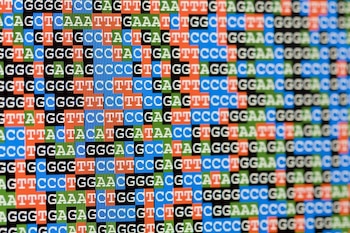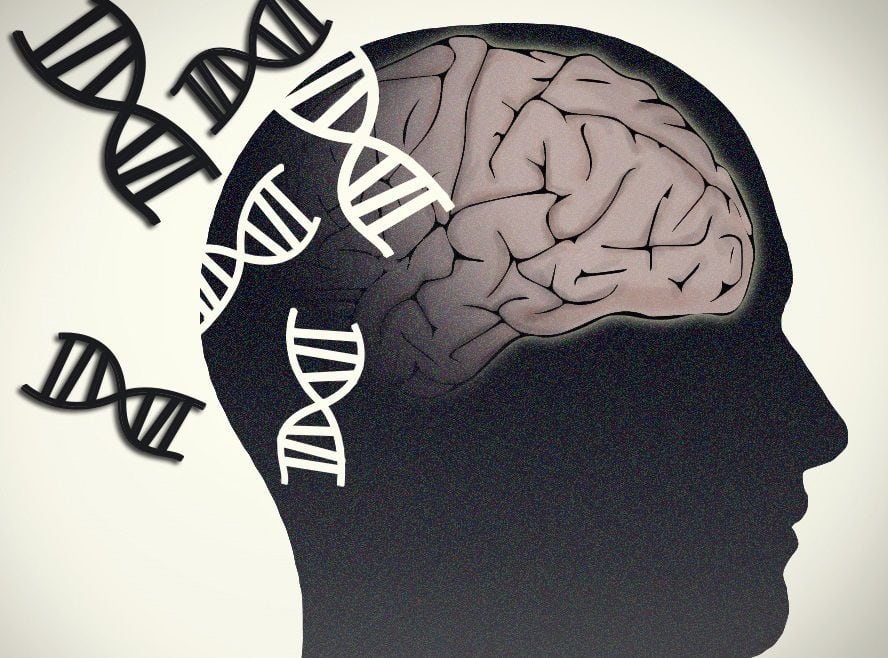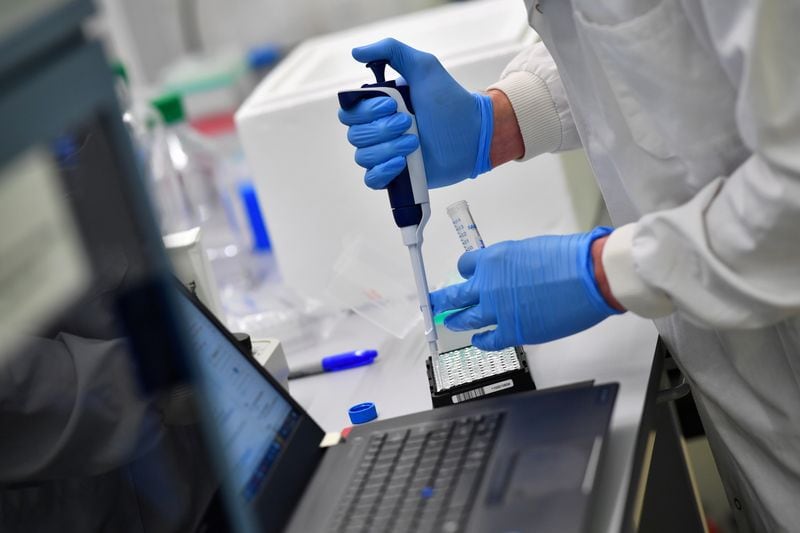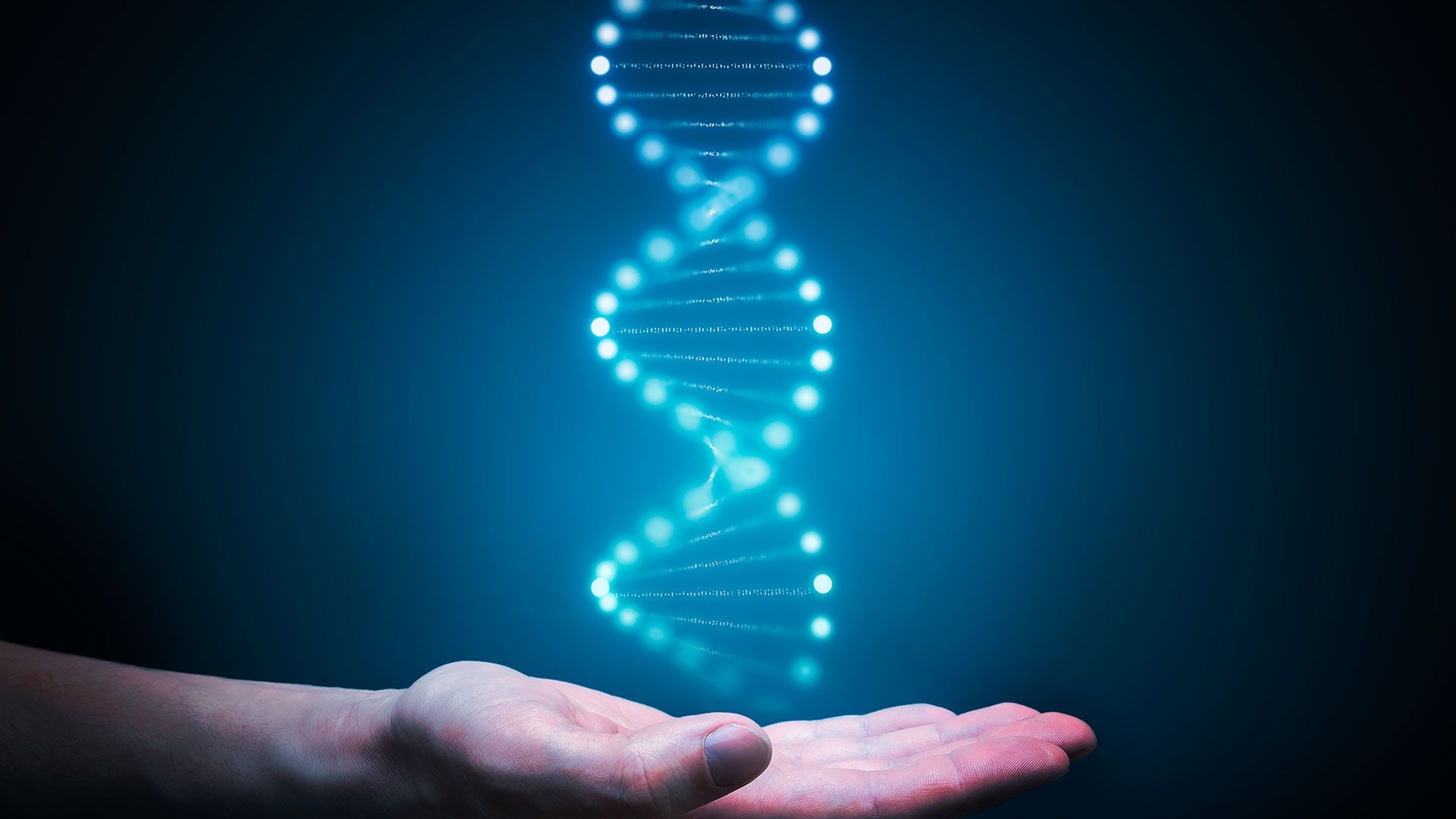
It took 21 years since the publication of the draft of the first human genome by a group of scientists for the “human instruction manual” to finally is really complete.
In June 2000, the Human Genome Project (HGP) and the private company Celera Genomics announced the first “draft” of the human genome, the result of 10 years of work and 3 billion dollars invested which was classified as one of the greatest exploits of history, because instead of having started a journey to a distant planet, HGP was an internal journey of discovering the map of all our genes, those of our own species, Homo sapiens.
After that “draft”, in 2003, the group had determined the order of nearly 3 billion bases of DNA, which gave us the ability, for the first time, to read the “complete” genetic model of nature to build a human being. But that human genome was not really complete: it contained gaps that accounted for about 8% of the genome. These gaps occurred mainly in areas where DNA tended to recur. That made it difficult to accurately sequence using available technology, which would break the genome into tiny pieces, sequence those pieces, and then reassemble them.
And why is it important to have deciphered that remaining 8% of our genome? Areas with repeated DNA bases, such as those missing in the HGP genome, have since been linked to many health problems, from ALS and Huntington to cancer and autism. By sequencing them, scientists believe that we might be better equipped to study and treat these conditions.
“Today's news is very important. This publication, which must be peer-reviewed, has behind it large working groups and universities that investigated. We are increasingly reaching knowledge about ourselves with greater depth and accuracy. Having sequenced the entire human genome will help avoid various diseases. And also, understanding the mechanisms of origin of a given pathology will help to develop more direct and precise drugs against diseases so that they have a lower prevalence”, Dr. Jorge Dotto, a world reference as a geneticist, explained to Infobae, who has extensive experience in The United States and Europe.
He added: “This complete information will allow us to make better decisions about our body, since it changes the perception of the ignorance we had. For example, the decision of what foods we need to eat to strengthen our defenses. In our microbiome is 80% of our immune system. Knowing more about the microbiota and what probiotics, which are living bacteria, we need to incorporate will help us modulate and make more effective the functioning of our immune system, which could be more precise to reduce inflammation at the molecular level in our body in the face of a disease”.

In addition to exemplifying with the gut microbiota, Dotto also referred to improvements in the behavior of the skin and the female reproductive system. “We have to help people get less sick, and this work of total genetic sequencing is going to help us do that,” concluded the founding specialist of the “Genetics Center”, a company dedicated to precision medicine, nutrition and high sports performance.
Scientists from the Telomere-to-Telomere Consortium (T2T) completed the first truly complete 3,055 billion base pair (bp) sequence of a human genome, representing the greatest improvement of the human reference genome since its initial launch. The new genome is a leap forward, the researchers said, made possible by new DNA sequencing technologies developed by two private sector companies: California's Pacific Biosciences, also known as PACBio, and British Oxford Nanopore. Its technologies for reading DNA have very specific advantages over tools that have long been considered fundamental to researchers.
“This 8% of the genome has not been overlooked because of its lack of importance, but because of technological limitations,” the researchers wrote. “High-precision long-read sequencing has finally eliminated this technological barrier, allowing comprehensive studies of genomic variation across the human genome. Such studies will necessarily require a complete and accurate human reference genome, which will ultimately drive the adoption of the T2T-CHM13 set presented here.”

“Today, a new wearable technology is being used to study DNA. It's a cellphone-sized sequencer that reads DNA and RNA. You don't have to set up million-dollar labs. Not only are they used to study DNA, but contaminating microorganisms can also be identified in food products. The genetic information is passed through a tube with electric current, which generates information about the sequencing of the sample. A fascinating development that promises to continue to amaze us,” said Dotto.
The biologist and doctor of science Federico Prada, who is currently Dean of the Faculty of Engineering and Exact Sciences of the UADE, explained to Infobae that in 2003, with the complete sequencing of the genome, two new projects were proposed that led to this discovery.
“One was to increase the number of genomes. Not only to sequence a genome, but to try to understand the variability present in humans and with that, to be able to understand which variants determine our phenotypes, such as developing a certain disease, running faster or having more memory, for example. That's called making the genome talk. And the second objective was to polish the reading of the sequence so that there are no potholes or gaps. That took us almost 20 years. This helps us to have a reference genome, which allows us to compare all the genetic and genomic studies that are carried out, this standard or gold standard, which allows us to draw many conclusions in the future.”
He added: “Having the full reading is an excellent step. But the limitation today is in the functionality of the genome. We need to continue to interpret more information about how our genome works. In what functions does this key information participate that makes us who we are.

California-based companies Pacific Biosciences (PACBio) and UK-based Oxford Nanopore used different technologies together to decipher that missing 8% genetic. PacBio used a system called HiFi, where base pairs circulate, literally like circles, until they are read in full and in high fidelity, hence the name. The system dates back a few years of use and represents a big step forward in “reading” both in length and accuracy of the longest sequences.
Meanwhile, Oxford Nanopore uses electric current in its proprietary devices. The base pair strands are pressed through a microscopic nanopore, only one molecule at a time, where a current hits them to observe what kind of molecule they are. By removing each molecule, scientists can identify the entire strand.
Humans have 46 chromosomes, in 23 pairs, representing tens of thousands of individual genes. Each gene consists of several base pairs composed of adenine (A), thymine (T), guanine (G), and cytosine (C). There are billions of base pairs in the human genome. But the genome that the researchers sequenced didn't come from a person, but from a hydatiform mole, a rare mass or growth that forms inside the uterus at the beginning of a pregnancy. This tissue forms when the sperm fertilizes an egg without a nucleus, so it contains only 23 chromosomes, such as a gamete (sperm or egg), instead of the 46 found in the DNA of a human cell. These cells simplify the computational effort but can be a limitation.
The consortium explained that its work increased the number of DNA bases from 2.92 billion to 3.05 billion, an increase of 4.5%, and that the count of genes encoding proteins increased by only 0.4%, to 19,969. According to experts, the work may also lead to other new knowledge, including those related to how genes are regulated.
KEEP READING:
Últimas Noticias
Debanhi Escobar: they secured the motel where she was found lifeless in a cistern
Members of the Specialized Prosecutor's Office in Nuevo León secured the Nueva Castilla Motel as part of the investigations into the case

The oldest person in the world died at the age of 119
Kane Tanaka lived in Japan. She was born six months earlier than George Orwell, the same year that the Wright brothers first flew, and Marie Curie became the first woman to win a Nobel Prize

Macabre find in CDMX: they left a body bagged and tied in a taxi
The body was left in the back seats of the car. It was covered with black bags and tied with industrial tape
The eagles of America will face Manchester City in a duel of legends. Here are the details
The top Mexican football champion will play a match with Pep Guardiola's squad in the Lone Star Cup

Why is it good to bring dogs out to know the world when they are puppies
A so-called protection against the spread of diseases threatens the integral development of dogs




